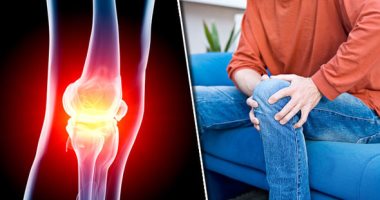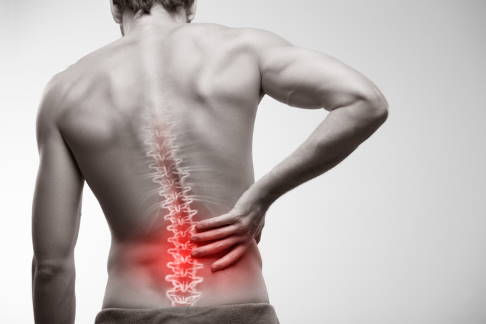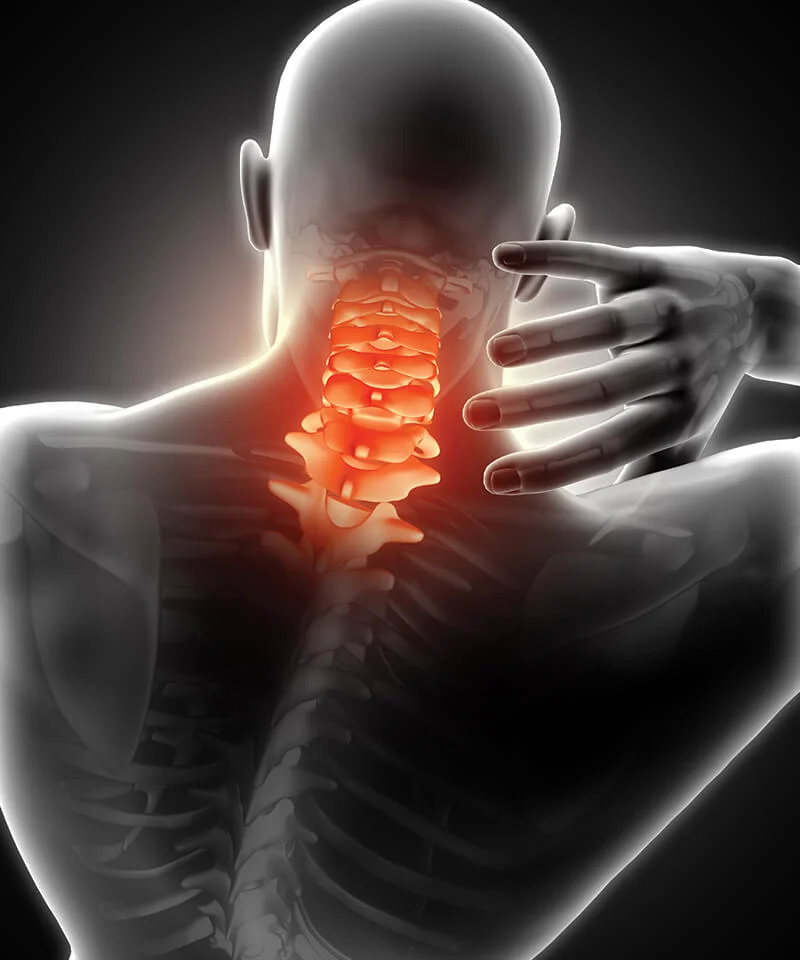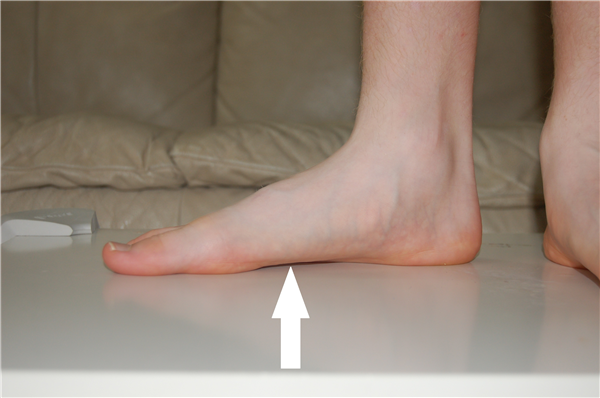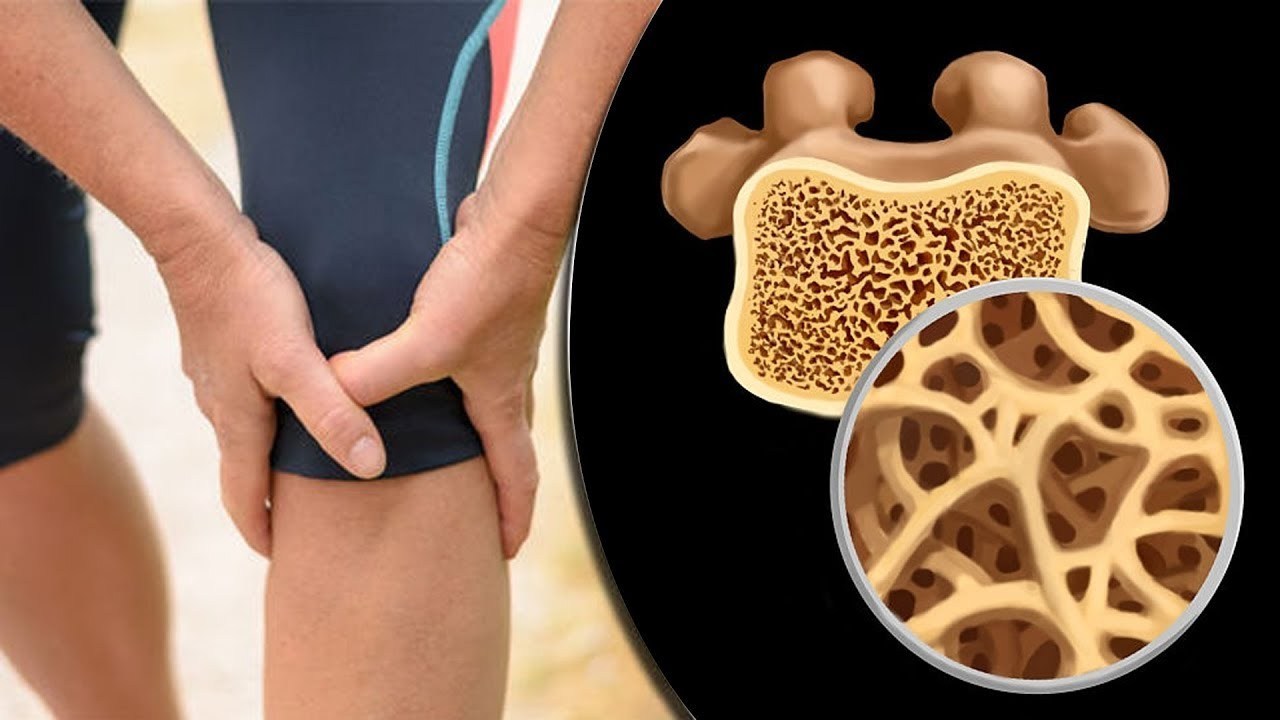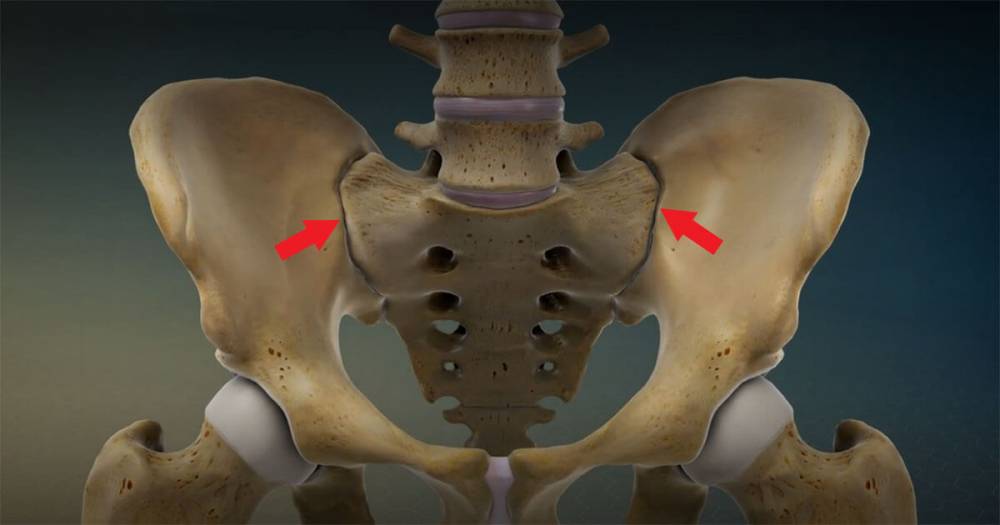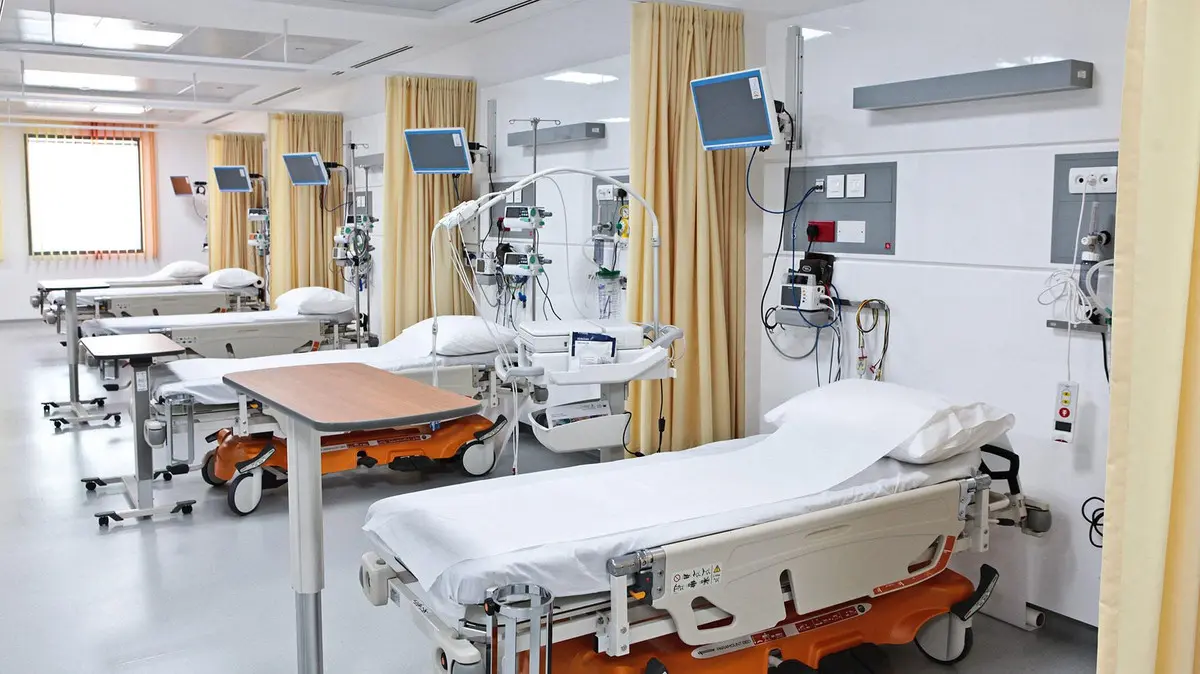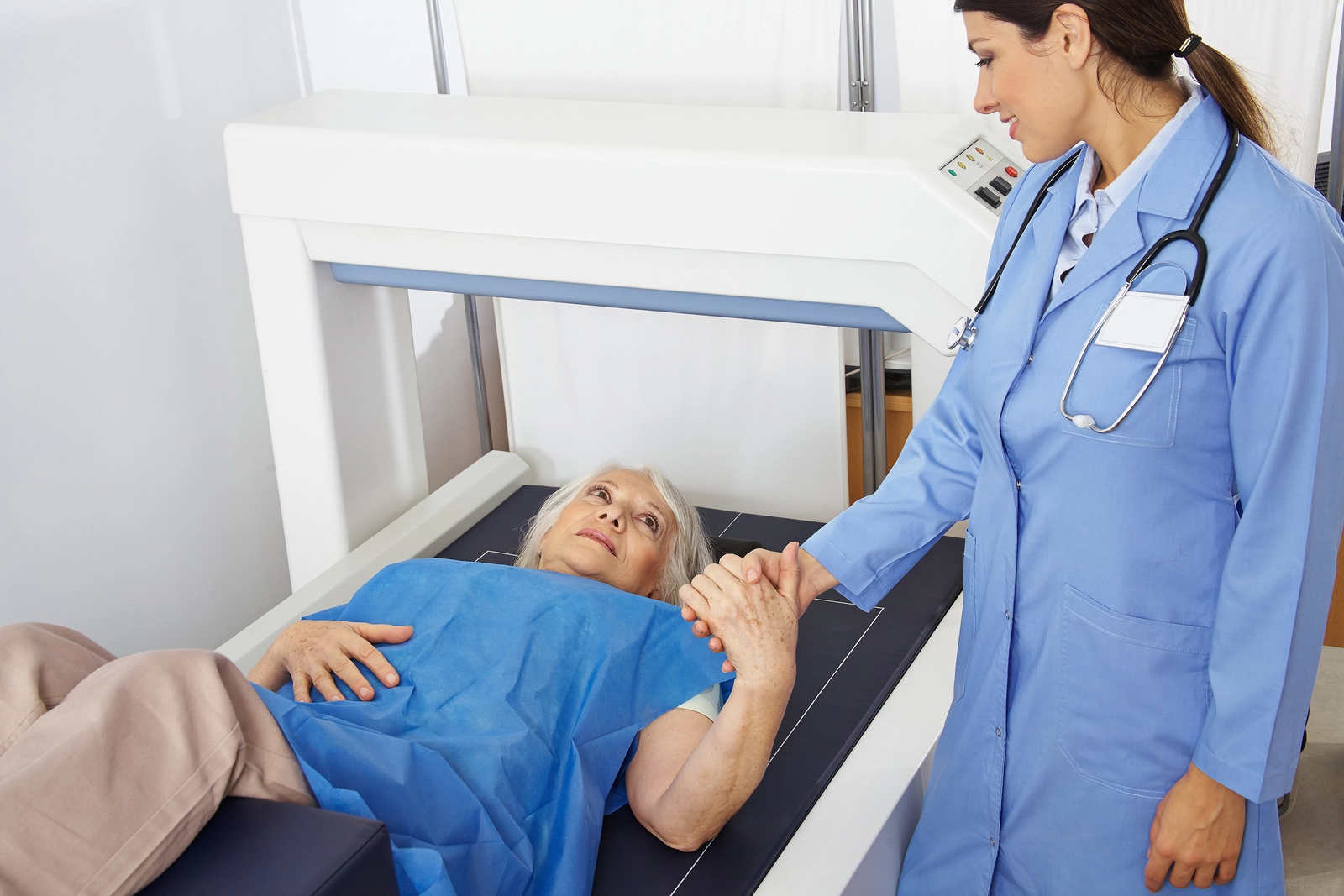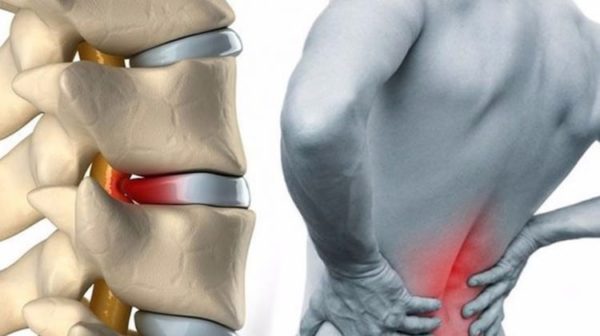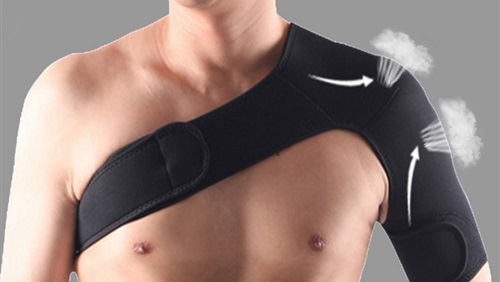Learn about the best cartilage doctor in Egypt and what do you know about cartilage removal surgeries?
The best cartilage doctor in Egypt, the specialist doctor in treating problems of the spine, joints and cartilage slippage is one of the most important specialized doctors in Egypt and there are many distinguished doctors in this field in Egypt, as the latest reports confirm that they provide the latest medical methods to treat cartilage slippage, in addition to providing the necessary health care and medical advice to their patients, which is the topic of our conversation today in detail, so follow us so that we can provide you with more information on this matter.

The best cartilage doctor in Egypt
Cartilage problems are one of the common problems that many suffer from in Egypt, and they require fast and effective treatment. Among the doctors specializing in treating cartilage problems in Egypt, the name of Dr. Amr Aml stands out, who is considered the best cartilage doctor in Egypt according to patient reviews and his long experience in this field. Dr. Amr Aml works at the Cairo International Spine Surgery Center and provides the highest level of health care for all cartilage patients. He has a high degree of efficiency and experience in his field, and uses the latest technologies and medical tools to treat cartilage problems.
In addition, Dr. Amr Aml has an extraordinary ability to interact with patients and better understand their health problems. He works hard to provide innovative and effective solutions to meet their individual needs. Therefore, patients trust his competence in treating cartilage diseases, and also recommend him to their friends and families. Dr. Amr Aml has many certificates and honors that confirm his quality and achievements in treating cartilage problems. He also has a broad vision for public health and is considered one of the leading doctors in his field.
What is cartilage removal?
Cartilage is one of the natural components of the spine. It acts as cushioning pads for the vertebrae, protecting the nerve protrusions between them. However, sometimes cartilage can slip in the spine, leading to severe pain and mobility problems, raising the need for cartilage removal.
Cartilage removal surgery is the primary surgical option to treat herniated discs. This surgery aims to remove the damaged cartilage and restore its normal function. Cartilage removal is usually done using modern techniques like arthroscopy and microsurgery, where the procedure is performed through a small incision and under the supervision of advanced medical equipment.
Using arthroscopic techniques for cartilage removal surgery is the best and most effective and safe option in the surgical treatment of disc herniation. Arthroscopy removes the damaged cartilage without the need for a large incision, reducing pain and aiding quick recovery. Arthroscopic cartilage removal also helps reduce pressure on the nerves surrounding the spine.
It improves the movement of the patient with disc herniation. In summary, cartilage removal is the optimal surgical option to treat disc herniation. Modern available techniques like arthroscopy and microsurgery can be used to improve the treatment and recovery experience for patients.
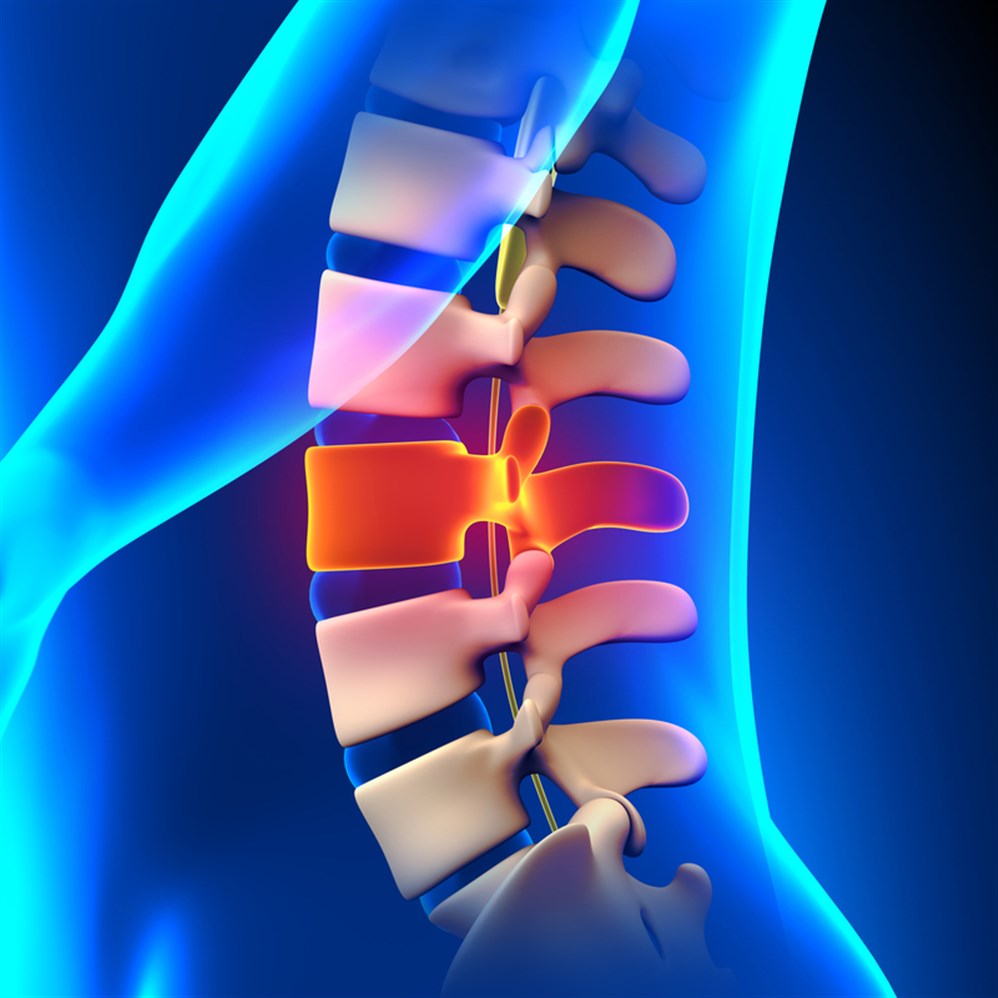
Reasons for cartilage removal
Muscle and bone pain are common health issues faced by many. They can cause many annoying symptoms. This health problem is prevalent among people of different ages and genders. Here is an overview of the causes of muscle and bone pain in general medical terms:
- Joint inflammation: Joint inflammation is characterized by pain, swelling and inflammation in the joints. This condition is one of the most common causes of bone pain. It develops due to progressive wear and tear of cartilage inside joints or inflammation of adjacent tissues.
- Fractures: Bone pain in the body occurs when there are fractures. The severity of this pain varies depending on the type and location of the fracture. Some other symptoms like swelling and cramping may also appear in the affected area.
- Endocrine gland dysfunction: This category includes thyroid diseases. Their effects on the body’s hormones may cause pain in muscles and bones. This can be accompanied by feelings of severe fatigue and exhaustion.
- Kidney failure: Kidney failure can cause bone and muscle pain, due to hormonal disturbances resulting from the kidney’s failure to secrete some vital factors for health.
- Muscle inflammation: Muscle inflammation occurs when muscles get infected by some viruses or germs. This disrupts muscle function and causes severe pain and swelling.
- Genetic diseases: Some genetic diseases may be responsible for bone and muscle pain, such as muscular dystrophy, amyloidosis, and multiple sclerosis.
- Rheumatoid arthritis: Rheumatoid arthritis is one of the most famous causes of bone and muscle pain. This condition occurs when the immune system attacks the body’s joint tissues.
In the end, following healthy habits, adequate rest, and a healthy lifestyle can help avoid bone and muscle pain. In case of any symptoms or pain unrelated to this group, consulting a specialist is necessary to determine the cause and appropriate treatment.
Complications of cartilage removal
Cartilage removal surgery is one of the most common surgical procedures. Although it is generally safe, the patient may experience some complications that require immediate medical consultation. Here are the most prominent complications that can occur after cartilage removal surgery:
- Bleeding: One of the most common complications for patients undergoing cartilage removal surgery. Although bleeding is effectively controlled during surgery, sudden bleeding may sometimes occur after surgery.
- Infection: Infection after surgery is possible due to skin penetration during the procedure. It is a very common complication after any surgery.
- Misdiagnosis: Spinal injuries from misdiagnosis are very common complications after cartilage removal surgery. They can occur if necessary pre-surgery examinations are not completed.
- Cerebrospinal fluid leakage: A very rare complication, but possible. In case of cerebrospinal fluid leakage, the patient needs to see a doctor immediately.
- Injury to surrounding blood vessels or nerves: Injuries to surrounding blood vessels or nerves may occur during cartilage removal surgery. This requires immediate medical examination to determine the extent of damage from such injuries.
- Failure of new cartilage growth: Although cartilage removal is a common option to treat some conditions, failure of new cartilage regrowth is a very serious complication. When cartilage is removed, it does not grow back. This leaves the bone underneath unprotected and prone to wear, meaning the joint becomes weaker and less healthy.
- Blood clots: Blood clots are a rare complication after cartilage removal surgery. However, blood clots can occur in any part of the body, and are a serious problem requiring immediate medical examination.
Patients considering cartilage removal surgery should know that complications can occur regardless of the experience of the surgeon performing the procedure. Required recovery time varies for each case. Contacting the doctor is necessary if the patient experiences any complications after surgery.

Is there pain after cartilage surgery?
After undergoing cartilage repair surgery for slipped disc, the patient may experience some post-surgical pain in the back or affected leg. Misdiagnosis is the most common cause of severe pain after surgery, as the original cause of pain may not have been a slipped disc to begin with.
However, most patients benefit quickly from slipped disc surgery, and leg pain may cease after surgery. Pain at the surgical site, attributed to scarring and instability, may continue for a short time after the procedure. Regarding post-surgery pain, there can be many potential causes, like scarring, instability, piriformis syndrome etc. It is important not to take any persistent pain lightly after surgery, and to communicate with the treating physician to ensure everything is fine and there are no other underlying causes of the pain.
How long does a cartilage surgery take?
Cartilage surgery is a common procedure done to treat knee problems and other surrounding joints. This usually involves repairing a torn or damaged cartilage due to injury or chronic disease. The duration of the surgery varies from case to case depending on the severity of pain and type of damage present. In general, a slipped disc surgery takes between 45 minutes to 2 hours.
The patient must follow the treating physician’s pre and post-op instructions to achieve optimal results. It is important to note that the success rate of the surgery varies depending on the patient’s condition, surgeon’s skill and use of latest medical techniques. Therefore, the patient must consult their doctor and follow advice regarding undergoing the surgery and recovery period after the procedure.

When can I walk after cartilage surgery?
Cartilage repair surgery is a common procedure done to treat joint-related problems. It requires proper post-op care to ensure complete and successful recovery. After the surgery, the patient experiences mild pain that can last at least a couple of days, after which gradual improvement from the pain occurs until the patient fully recovers in around 1-3 months.
Although the patient must refrain from strenuous physical activities and exertion on the body in the initial period after the surgery, the patient can generally return to normal activities after 6-8 weeks once the cartilage has healed and recovered completely. It is crucial for the patient to follow important instructions during this period to accelerate healing and avoid complications that can disrupt the recovery process.
How should a patient sleep after cartilage surgery?
After undergoing slipped disc surgery, it is important to pay attention to the proper way of sleeping, as this will help avoid chronic pain and expedite healing. If you have a slipped disc, the best sleeping position is lying on your back. To avoid any strain on the hips, you can place a pillow between your knees or elevate your legs on a pillow, using a slim pillow under your head.
The patient can also sleep on their side at an appropriate incline, preferably with a pillow between the knees to reduce strain on the joints. Overall, it is still necessary to consult your treating physician to get clearer guidance on the right way to sleep after slipped disc surgery.

How much does cartilage surgery cost?
Initially, a slipped disc is one of the hyperostotic bone diseases that recurs in many age groups. The cost of disc surgery varies depending on the patient’s medical condition, whether they have a disc tear or other joint inflammation. The cost of the procedure also varies based on the surgeon’s qualifications and skills, the hospital or center where the surgery is performed, and the extent of intervention required. The cost ranges from 18,000 to 100,000 Egyptian pounds.
Who is the doctor specialized in slipped discs?
Slipped discs are a common condition worldwide, often requiring surgical intervention in advanced stages. Among the specialists skilled in successfully treating such cases, Dr. Amr Amal, an orthopedic surgeon qualified to diagnose and treat slipped discs in Egypt, is at the forefront.
Dr. Amr Amal has extensive experience in the comprehensive treatment of spinal conditions and rehabilitating slipped disc cases using the latest medical techniques available to ensure successful and sustainable treatment. Additionally, Dr. Amr Amal is concerned with many other health issues like osteoarthritis, gout, pelvic pain, low back pain, treating migraines etc.
Dr. Amr Amal is meticulous about providing his medical services according to the latest global standards while utilizing state-of-the-art techniques and specialized tools to ensure the right treatment is provided to each patient according to their individual health condition and needs.
Dr. Amr Amal has been appointed secretary of the Orthopedic Surgery Society at Ain Shams University, where he trains young doctors on the latest procedures and medical techniques required for the successful treatment of slipped disc cases, thereby contributing to preparing a generation of distinguished physicians in this field.
Dr. Amr Amal welcomes all patients suffering from bone diseases and requires appointments in advance to cater to each patient’s needs.


